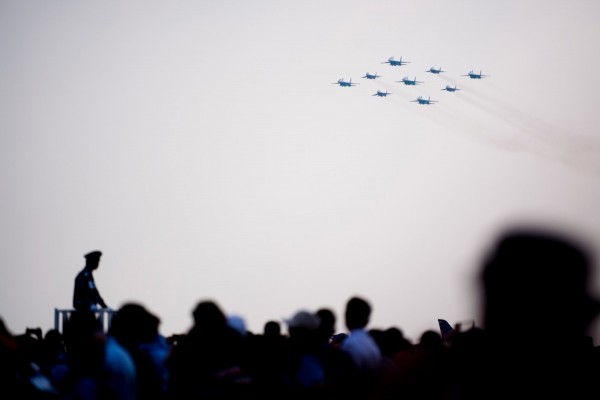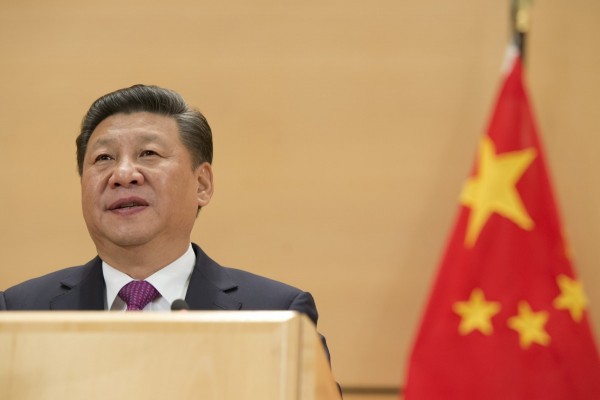Why isn’t the NDP questioning the largest military procurement in Canadian history?
Trudeau government’s plan to acquire 15 surface combatants ships could cost taxpayers in excess of $60 billion

An artist’s rendering of the new Canadian Surface Combatant. Image courtesy of BAE Systems.
The job of the opposition in Parliament is to hold the government accountable, in part by asking hard questions. The role of an NDP critic should be to criticize the government from the left. So why the silence from Randall Garrison, the party’s defence critic, after Canada’s leading military reporter David Pugliese published a 5,000 word exposé on the Canadian Surface Combatant—a project to renew the deteriorating fleets of the Royal Canadian Navy, considered the “crown jewel of the federal shipbuilding strategy.”
Despite revelations over the past month of costs growing to over $200 billion, extreme secrecy, and the discovery that the 15 new frigates will be “brimming with missiles,” there has been nary a comment from Canada’s supposedly ‘left’ party.
Initially pegged at $14 billion, the official price tag for the frigates later rose to $26 billion and now sits at $60 billion. In 2019, the Parliamentary Budget Officer put the cost about $10 billion higher, and an updated estimate next month is expected to reach $80 billion. To keep information about the swelling costs under wraps the military has resorted to “excessive secrecy,” reported Pugliese in the article.
The recent winner of a lifetime achievement award from the Canadian Committee for World Press Freedom, Pugliese followed his investigation into the cost and secrecy surrounding the frigates with a story about government officials criticizing companies for speaking out. Subsequently, Pugliese published a story titled “Top of the line Canadian-made naval equipment shut out of $70-billion warship program,” detailing how government-subsidized firms were cut out of the Lockheed Martin-led consortium set to build the frigates. As a result, Thales Canada’s government-funded naval radar, which is being used on German, Danish and Dutch warships, won’t be part of the Canadian Surface Combatant.
In response to Pugliese’s reporting, the Ottawa Citizen editorial board criticized the frigate purchase, while The Hill Times also published numerous stories, including a front-page article that scrutinized the project’s ballooning budget. Two days before Christmas, the CBC reported an astounding estimate for the lifecycle cost of the frigates. Initially detailed in Esprit de Corps, former defence official Alan Williams concludes that the 15 warships will cost between $213-219 billion over 40 years.
One explanation for the astronomical cost of the high-tech warships is the radar system that’s been chosen. According to a CBC story from early December, the radar can be easily upgraded to a ballistic missile defence system, which successive Canadian governments have opposed. In the mid-2000s the Canadian Peace Alliance, Échec à la guerre, Ceasefire.ca and others pressured the Liberal government to resist further militarization and shelve its plan to formally join the United States Ballistic Missile Defence System (so named because it’s designed to defend US missiles when they are used in offensive wars).
In November, a number of military-focused publications reported on the weaponry expected to be included on the vessels. In a first outside the US, Canada’s surface combatants ships look set to be outfitted with Tomahawk cruise missiles capable of striking land targets up to 1,700 kilometers away. As such, the frigates could be near London and hit Berlin or, more plausibly, docked in Panama City and strike Caracas.
As I recently detailed in Jacobin, Ottawa has long used naval force as a “diplomatic” tool. Early Canadian ‘gunboat diplomacy’ included pressing Costa Rica to repay the Royal Bank in 1921 and helping a dictator as he was massacring peasants in El Salvador in 1932. In recent years Canadian warships have gone to war with Libya and Iraq.
Amidst growing media criticism, NDP Defence Critic Randall Garrison has said nothing regarding the frigates’ cost, the secrecy surrounding the project, or the offensive weaponry set to be equipped on the warships. Garrison hasn’t released a single tweet (or retweet) about any of the recent stories on the surface combatant vessels.
This is beyond disappointing. What is the point of having a defence critic if they are unwilling to question or challenge the largest military procurement in Canadian history?
At the NDP convention in April, members need to press Garrison to clarify his position on the government’s $200 billion frigate program.
Yves Engler has been dubbed “one of the most important voices on the Canadian Left today” (Briarpatch), “in the mould of I.F. Stone” (Globe and Mail), and “part of that rare but growing group of social critics unafraid to confront Canada’s self-satisfied myths” (Quill & Quire). He has published nine books.










